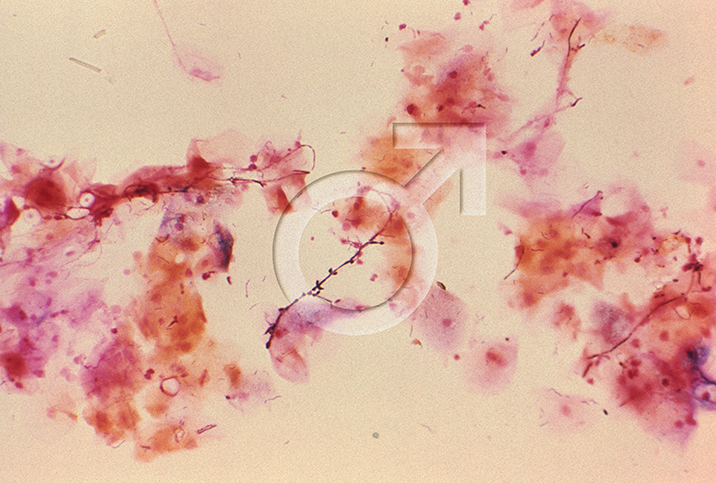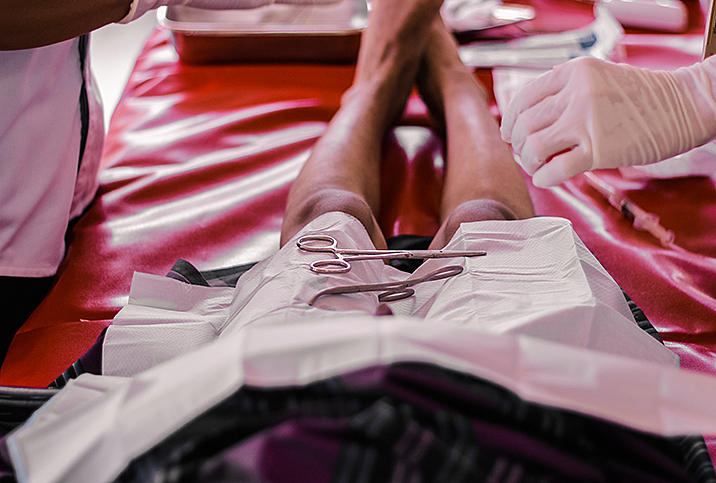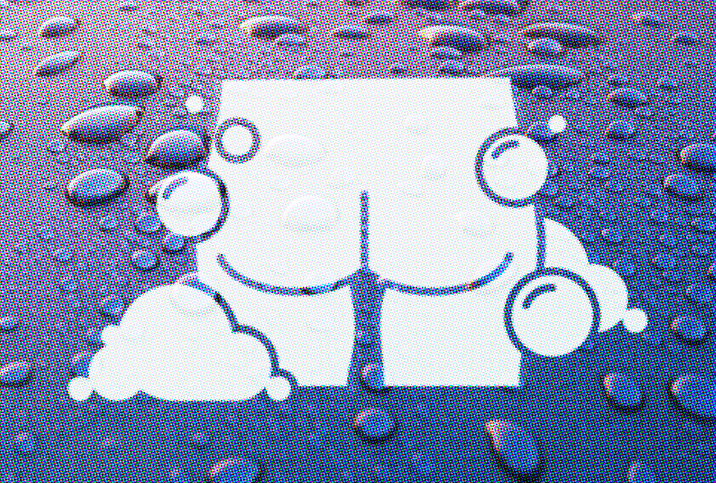Keep Your Yeast Infection Risk Low

While yeast infections are generally thought of as a women's issue, they can, and do, affect men. Fungus does not discriminate.
Penile yeast infections—you may hear them referred to as penile thrush—are due to an overgrowth of the fungus Candida albicans.
Common male yeast infection symptoms include burning during urination, itching, redness, a foul-smelling whitish discharge, small white spots, swelling and pain during intercourse. Yeast infections can lead to balanitis, a condition marked by pain and swelling of the glans (head) of the penis. If a yeast infection is not treated and spreads into the bloodstream, it can potentially cause a serious condition called invasive candidiasis, which may affect the heart, brain, eyes and other parts of the body.
Men who are obese, uncircumcised or immunocompromised are at a greater risk for developing yeast infections. Diabetes is another risk factor, according to Jesse Mills, M.D., a urologist who said he's seen an uptick in male yeast infections owing to a pronounced increase in men with uncontrolled diabetes.
"We know that every year more and more men are getting diagnosed with prediabetes or diabetes," said Mills, the director of the Men's Clinic at UCLA in Los Angeles. "There's nothing that fungus love more than steamy, hot places and extra sugar. That's exactly what happens if men—especially uncircumcised men—have elevated blood sugars. They're going to develop yeast infections in their crotch and their penis. I think the big uptick is in guys becoming more sedentary, not getting enough exercise and having blood sugars out of control."
Yeast infection prevention
What can men do to help prevent yeast infections? Urologists have several recommendations:
Change your soap
Antibacterial soap, when scrubbed on the penis, strips the organ of good bacteria, which can allow a fungal infection to develop, according to Neel Parekh, M.D., a clinical assistant professor of urology at Cleveland Clinic.
"Soap and laundry detergent and different things can irritate the head of the penis; it's a pretty sensitive area of the body," he said, adding that unscented soaps and skin products are generally less likely to cause irritation.
Wear loose-fitting clothing and keep the genital area cool and dry
Tight clothing can rub and cause friction in the groin area. Loose-fitting and breathable cotton underwear can help keep the penis dry and cool, reducing the chance of yeast growth.
"Make sure you're wearing cooler-type clothing, keeping that area dry as much as possible," Parekh said.
When you exercise and work up a sweat or go swimming, change out of wet underwear or swimsuits as soon as you can. Fungus thrives in warm, dark, moist places.
Practice good hygiene
When taking a shower, wash the penis with soap and warm water and dry it thoroughly afterward. After having sex, clean and dry the penis. If you're uncircumcised, pull back the foreskin and clean underneath.
Keep diabetes under control
If you have diabetes or prediabetes, you're at a higher risk for yeast infections. Keeping your blood sugar under control can reduce your risk. Managing blood sugar can be achieved with insulin, oral medication and lifestyle modifications such as diet and exercise.
Use protection during sex
Yeast infections are common in women. If you're having intercourse with a woman who has a vaginal yeast infection, wear a condom to reduce the risk of the infection being transferred. Despite potentially being transmitted via sex, yeast infections are not classified as sexually transmitted infections (STI).
Lose weight
Obesity is associated with an increased risk of developing a yeast infection.
"If you're overweight or sweat a lot and [are] not able to keep that area dry, the moisture down there can also predispose you to it," Parekh said.
Discontinue use of antibiotics
The long-term use of some types of antibiotics may kill healthy bacteria on and around the penis, causing an overgrowth of yeast. Talk to your doctor about the antibiotics you're taking. However, Parekh said this cause is more common in women.
"I don't think I've seen [antibiotic use] in men too often cause a yeast infection," Parekh said. "It definitely could. Long-term steroids can reduce your immune response."
Consider circumcision
Yeast infections can lead to balanitis, which is far more common in uncircumcised men. If balanitis keeps returning despite medical therapy, an adult circumcision may be an option. Circumcision is very effective at preventing further episodes of balanitis.
While Mills doesn't routinely recommend adult circumcision, he said if the man has poorly controlled diabetes, he's much more strongly in favor of it. Balanitis can lead to worsening skin conditions that can affect the urethra and the ability to urinate.
"A circumcision is a good way to control that fungal spread in men with diabetes," Mills explained.
Treatment for a yeast infection
The first-line treatment for a yeast infection is over-the-counter antifungal creams such as Lotrimin (clotrimazole), Desenex (miconazole) and Selezen (imidazole).
"Lotrimin is what we use for athlete's foot," Parekh said. "It's the same condition, essentially, on the penis."
How long men need to use the cream depends on the severity of the infection. Parekh recommended applying it until the infection goes away, which can take up to a few weeks, although it's likely to clear up in several days. If the topical antifungal isn't working well, Parekh may recommend topical steroids or using the two treatments in combination.
If the yeast infection is severe or there's skin erosion, an oral antifungal medication such as Diflucan (fluconazole) may be prescribed.
Many men get a yeast infection not only on the penis but also on the scrotum and inner thighs. If that's the case, Parekh prescribes a nystatin topical antifungal powder.
"It's just easier to put a bunch of powder down there than take a bath in the cream," Parekh said.
Amy Kassouf, M.D., a dermatologist at Cleveland Clinic, recommended the powder Zeasorb AF (miconazole nitrate) because it absorbs the sweat and contains an antifungal.
"It gets rid of the yeast and it helps prevent chafing," she said.
Kassouf advised against talcum powder, which contains cornstarch, because it can get in the pubic hair follicles and cause inflammation.
"Cornstarch can actually feed yeast, so we prefer the carbohydrate molecule that doesn't feed the yeast, so that's why I like the Zeasorb," she explained.


















